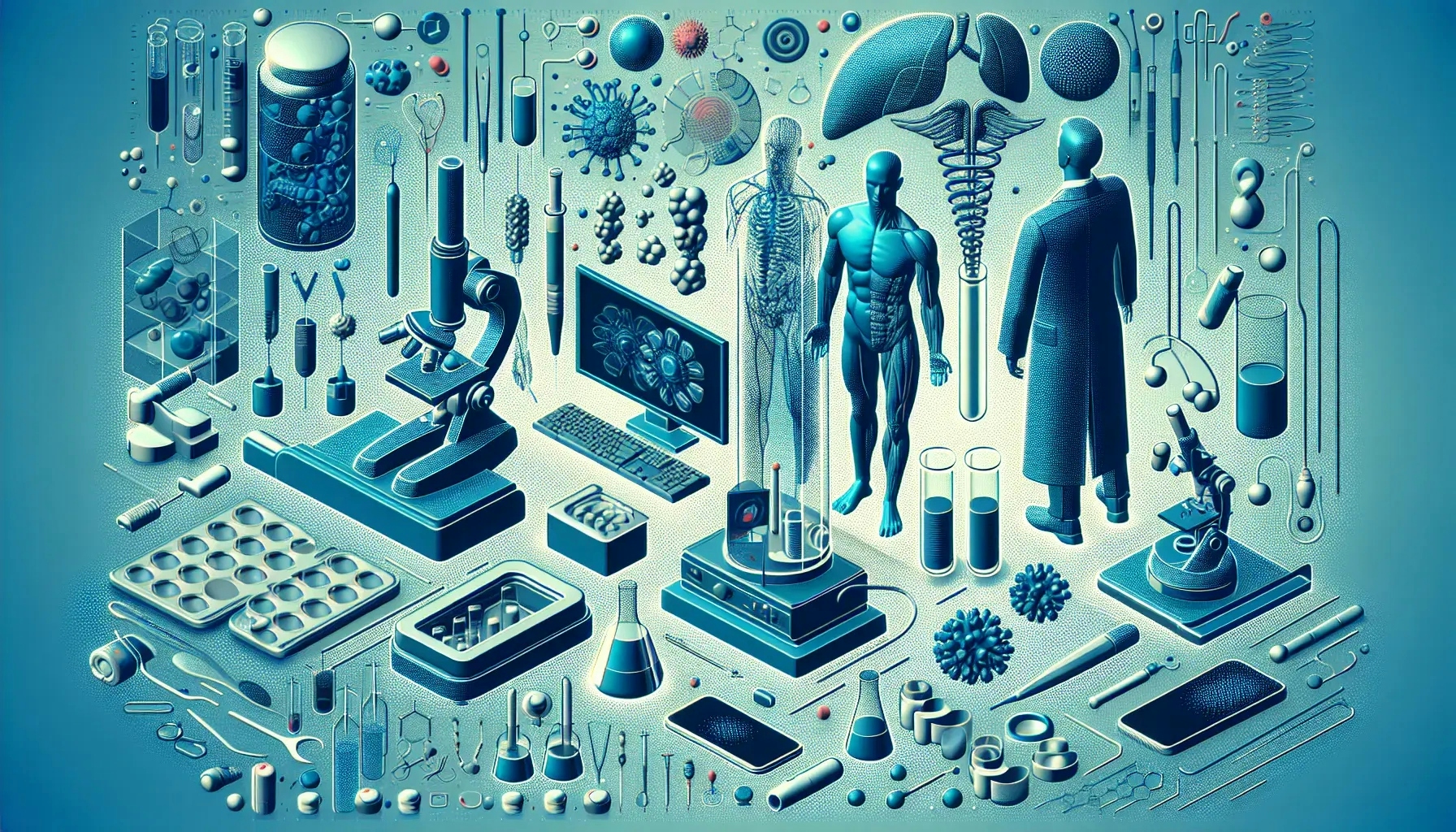Real-Life Case Studies Showcasing Biomedical Engineering Innovations
BiomedicalEngineering.io

Welcome to a fascinating exploration of biomedical engineering innovations. This blog post will delve into real-life case studies that showcase the transformative power of this field. From prosthetics to tissue engineering, we will explore how biomedical engineering is revolutionizing healthcare and improving lives.
Prosthetics: The Intersection of Engineering and Medicine
Prosthetics represent a significant area of biomedical engineering. They provide a lifeline for individuals who have lost limbs, enabling them to regain mobility and independence.
One notable case study involves the development of bionic limbs. These high-tech prosthetics use sensors to detect muscle movements in the residual limb, which then control the prosthetic. This technology allows for more natural and intuitive movement, significantly improving the user's quality of life.
Another exciting development in prosthetics is the use of 3D printing. This technology allows for the rapid production of custom-fit prosthetics at a fraction of the cost of traditional methods. This innovation has the potential to make prosthetics more accessible to those in need, particularly in developing countries.
Tissue Engineering: Building the Body from Scratch
Tissue engineering is another area where biomedical engineering is making significant strides. This field involves creating artificial organs and tissues that can replace those damaged by disease or injury.
One case study that illustrates the potential of tissue engineering is the creation of bio-artificial kidneys. These devices, which combine living kidney cells with a synthetic structure, can perform the functions of a real kidney. This innovation could potentially eliminate the need for dialysis or transplantation for those with kidney disease.
Another example of tissue engineering is the development of lab-grown skin. This technology can be used to treat burn victims, reducing the need for skin grafts and improving healing outcomes.
Biomedical Imaging: Seeing the Unseen
Biomedical imaging technologies allow doctors to see inside the human body without invasive procedures. These technologies are essential for diagnosis and treatment planning.
One case study in this field is the development of portable ultrasound devices. These devices, which are small enough to be handheld, can be used in remote areas or in situations where traditional ultrasound machines are not available. This innovation has the potential to greatly increase access to this essential diagnostic tool.
Another exciting development in biomedical imaging is the use of artificial intelligence (AI) to interpret images. AI algorithms can detect patterns in images that may be missed by the human eye, potentially leading to earlier and more accurate diagnoses.
Neuroengineering: Unlocking the Brain's Potential
Neuroengineering is a subfield of biomedical engineering that focuses on the development of devices and technologies to interact with the nervous system.
One case study in this field is the development of brain-computer interfaces (BCIs). These devices allow for direct communication between the brain and an external device. BCIs have the potential to help those with paralysis or neurological conditions regain mobility and communication abilities.
Another example of neuroengineering is the use of deep brain stimulation to treat conditions like Parkinson's disease. This technique involves implanting a device that sends electrical signals to specific areas of the brain, helping to control symptoms.
Bioinformatics: The Power of Data in Medicine
Bioinformatics involves the use of computer science and statistics to understand and interpret biological data. This field is essential for personalized medicine and understanding the genetic basis of disease.
One case study in bioinformatics is the use of genetic sequencing to identify the cause of rare diseases. This technology allows doctors to pinpoint the exact genetic mutation causing a disease, leading to more targeted and effective treatments.
Another example of bioinformatics is the use of machine learning algorithms to predict disease outcomes. These algorithms can analyze large amounts of data to identify patterns and trends, potentially leading to earlier interventions and better patient outcomes.
Biomedical Devices: Innovations that Save Lives
Biomedical devices range from simple tools like stethoscopes to complex machines like heart-lung machines. These devices play a crucial role in diagnosing, treating, and managing diseases.
One case study in this field is the development of wearable health monitors. These devices, which can track vital signs like heart rate and blood pressure, can help doctors monitor patients remotely and intervene if necessary.
Another example of a biomedical device is the artificial pancreas. This device, which combines a glucose monitor and an insulin pump, can automatically adjust insulin levels based on the user's blood sugar. This innovation has the potential to greatly improve the lives of those with diabetes.
The Future of Biomedical Engineering: A World of Possibilities
As we've seen through these case studies, biomedical engineering holds immense potential for improving healthcare and saving lives. From prosthetics to bioinformatics, these innovations are transforming the way we diagnose, treat, and manage diseases. As technology continues to advance, we can only expect more groundbreaking developments from this exciting field.